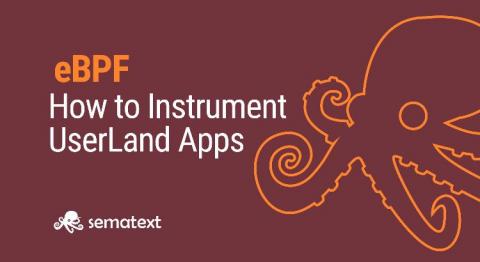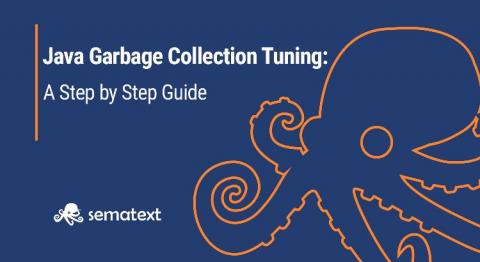How to Instrument UserLand Apps with eBPF
eBPF has revolutionized the observability landscape in the Linux kernel. Throughout our previous blog post series, I covered the fundamental building blocks of the eBPF ecosystem, scratched the surface of XDP and showed how closely it cooperates with the eBPF infrastructure to introduce a fast-processing datapath in the networking stack. Nevertheless, eBPF is not exclusive to kernel-space tracing.







